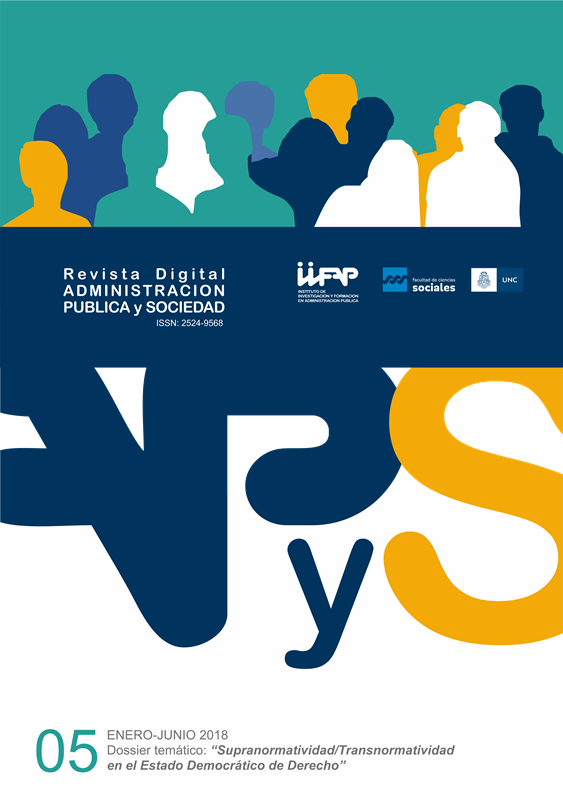The advanced manufacturing between two extremes
Main Article Content
Abstract
Article Details
Authors who publish in this journal accept the following terms of the copyright policy:
- Authors shall retain their copyright (including copyrights) and shall grant to the journal the right of first publication of their work, which shall simultaneously be subject to the Creative Commons Recognition License: No commercial use of the original work or any derivative works is permitted, distribution of which must be made under a license equal to that which governs the original work.
- Authors may adopt other non-exclusive license agreements for the distribution of the version of the published work (e.g., placing it in an institutional repository or publishing it in a book) provided that the initial publication in this journal is indicated.
- Authors are allowed and encouraged to disseminate their work through the Internet (e.g., in institutional repositories or on their website) after the publication process, which may lead to interesting exchanges and increased citations of the published work. (See The Effect of Open Access).
How to Cite
References
Arigoni, F., Bovier, P. A., & Sappino, A.-P. (2010). Trend of burnout among Swiss doctors. Swiss Med Weekly.
Bloem, J. e. (2014). The Fourth Industrial Revolution: Things to Tighten the Link Between IT and OT. Sogeti.
Comest, U. (2005). The precautionary principle. Paris: UNESCO.
Division Innovation Policy Issues. (2014). The new High-Tech Strategy Innovations for Germany. Acesso em 29 de Abril de 2018, disponível em https://www.bmbf.de/pub/HTS_Broschuere_eng.pdf
Druck, G. (2012). Trabalho, precarização e resistências: novos e velhos desafios? Caderno CRH.
Fepesp. (2016). Sinpro - ABC. Acesso em 2017 de Janeiro de 19, disponível em http://www.sinpro-abc.org.br/index.php/component/content/article/58-geral/2338-aumento-de-trabalho-sem-remuneracao.html
Glass, A. J., & Saggi, K. (2001). Innovation and wage effects of international outsourcing. European Economic Review, 67-86.
Harvey, D. (2014). Seventeen Contradictions and the End of Capitalism. New York: Oxford University Press.
Hirata, H. (2016). Trabalho, gênero e dinâmicas internacionais. revista da ABET.
IBGE. (2016). Pesquisa de Inovação - 2014. Acesso em 2017 de Janeiro de 19, disponível em Pintec: http://www.pintec.ibge.gov.br/downloads/PUBLICACAO/PUBLICAÇÃO PINTEC 2014.pdf
Lee, J., Bagheri, B., & Kao, H.-A. (2015). A cyber-physical systems architecture for industry 4.0-based manufacturing systems. Manufacturing Letters, 18-23.
Lutz, C., & Steevens, J. A. (2008). Nanomaterials: risks and benefits. Springer Science & Business Media.
Mckay, S. e. (2012). Study on precarious work and social rights. Londres: London Metropolitan University.
Mészáros, I. (2011). A crise Estrutural do Capital. São Paulo: Boitempo.
Miller, R. e. (1998). The promises and perils of 21st century technology: An overview of the issues. OECD.
Schwab, K. (2016). A quarta revolução industrial. São Paulo: Edipro.
Ustundag, A., & Cevikcan, E. (2017). Industry 4.0: Managing The Digital Transformation. Switzerland: Springer.
Wang, S., Wan, J., Zhang, D., Li, D., & Zhang, C. (2016). Towards Smart Factory for Industry 4.0: A Self-organized Multi-agent System with Big Data Based Feedback and Coordination. Computer Networks.

